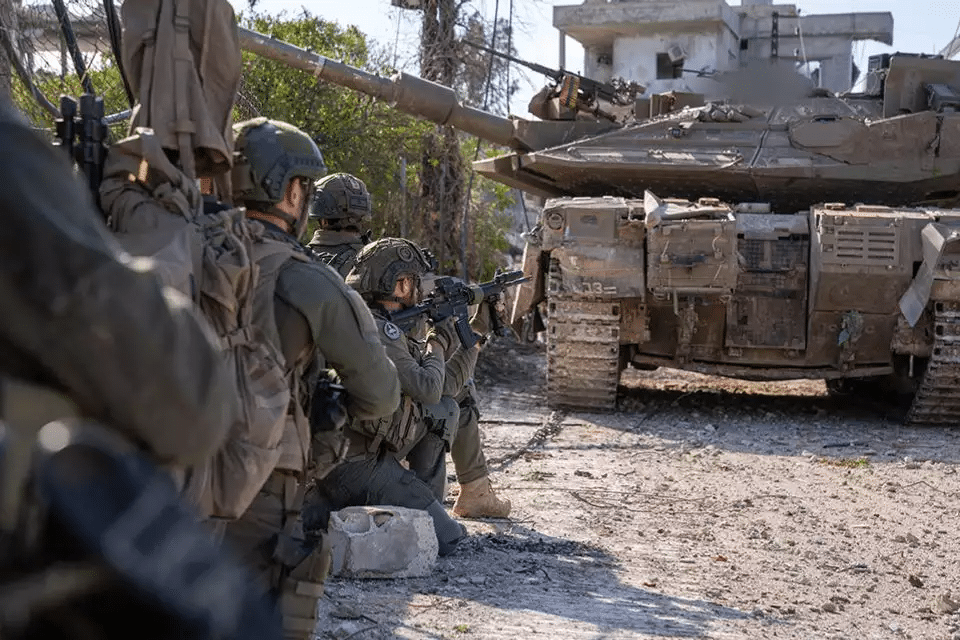The Lebanese daily Al-Diyar reported on Wednesday that Maj. Gen. Jasper Jeffers, head of the international oversight committee monitoring the ceasefire between Israel and Lebanon, is expected to visit Tel Aviv. The visit is part of US efforts to pressure Israel to avoid actions that could jeopardize the implementation of the ceasefire.
Simultaneously, a Western diplomat told the Lebanese newspaper Al-Joumhouria that the US has recently intensified efforts to de-escalate conflict zones worldwide as Donald Trump prepares to assume the US presidency. The report highlighted Amos Hochstein, the US envoy, as a central figure in this initiative.

In addition, The Hezbollah-affiliated Al-Akhbar reported that the US has devised a three-phase plan over 15 days to address contentious issues in southern Lebanon. During the first five days, the IDF is expected to withdraw from the western sector of southern Lebanon, between Al-Naqoura and Rmeish, with the Lebanese Army deploying in the vacated areas. In the next five days, the IDF would withdraw from the central sector, between Rmeish and Mais al-Jabal. Finally, in the last five days, the IDF would pull out from the eastern sector, from Mais al-Jabal to the Mount Dov area. However, the report noted that the Lebanese Army has yet to fully deploy even in the initial areas designated under this plan.
Sources told Al-Akhbar that it remains uncertain whether Israel will adhere to the withdrawal timeline. The report also stated that Hochstein and Maj. Gen. Jeffers agreed to Israel's proposal to retain control over three strategic hills, where military outposts will be established. Each location overlooks one of the three sectors in southern Lebanon.

According to sources, these positions will enable Israel to monitor vast areas south of the Litani River. The hills in question are uninhabited and devoid of structures, allowing the IDF to conduct cross-border raids into Lebanese territory if necessary.




